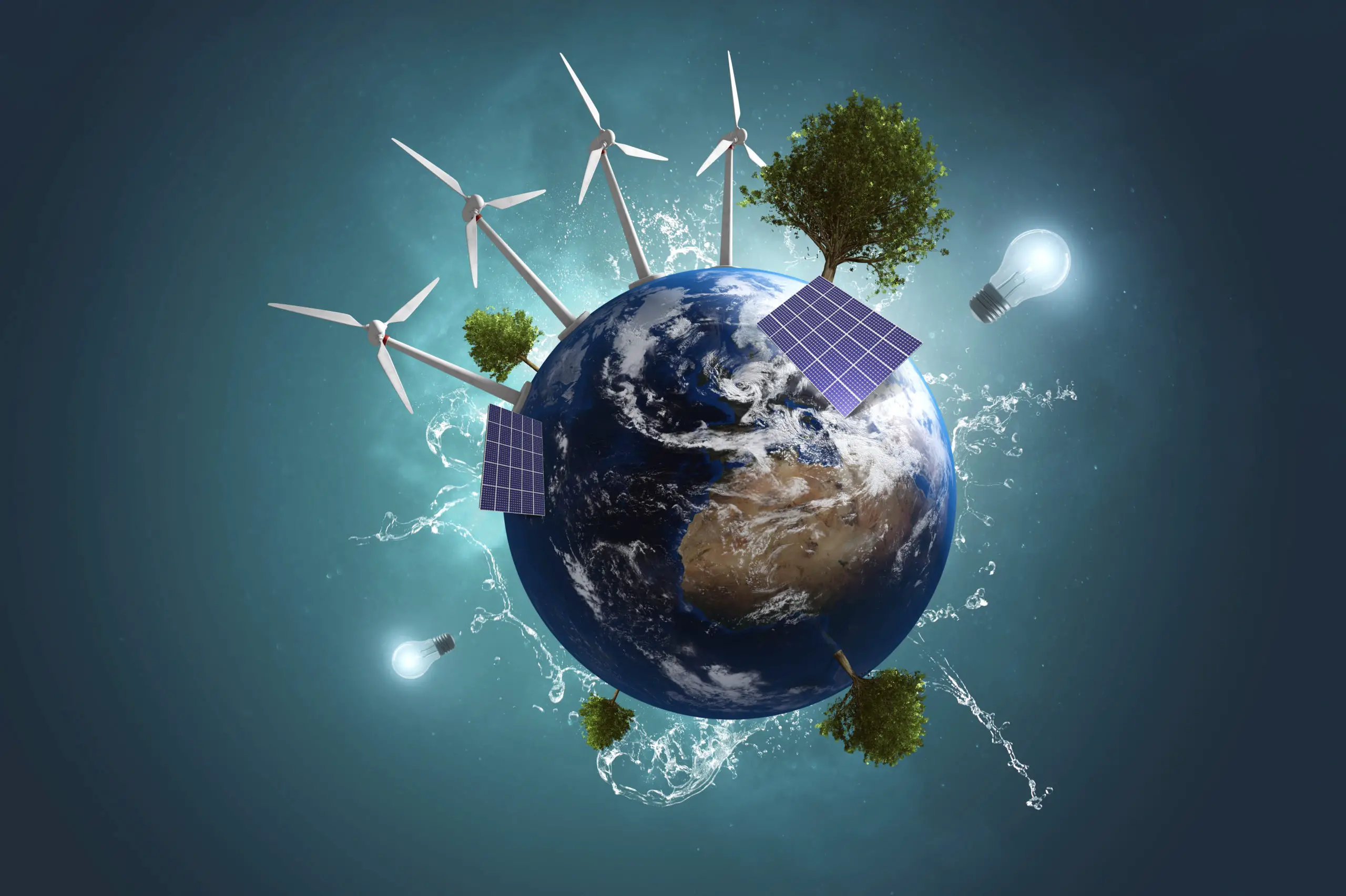Scientists have made a groundbreaking discovery, finding a way to pull CO2 from the atmosphere and transform it into coal. This incredible breakthrough has the potential to reshape our perception of CO2 and its impact on the environment.
The research, recently published in the prestigious journal Nature Communications, used a unique cerium-containing liquid metal catalyst, renowned for its exceptional electrical conductivity and specific properties, to convert atmospheric CO2 into solid carbon coal. By electrically charging a vessel containing the CO2 and the liquid metal, the carbon dioxide underwent a transformation into small coal flakes. These solid carbon flakes naturally detached from the liquid metal and settled at the bottom of the vessel, allowing for a continuous production of solid carbon from carbon dioxide. Furthermore, the end product demonstrated the ability to retain an electrical charge, suggesting potential applications as a supercapacitor.
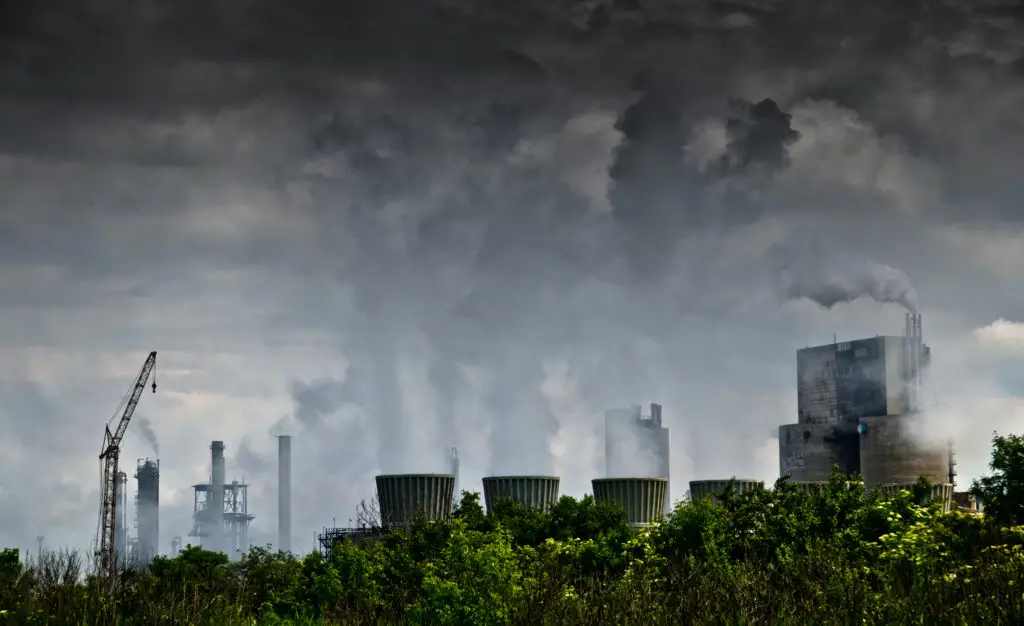
A Promising Solution
The act of removing carbon dioxide from the atmosphere and converting it into a liquid or solid form as a means of addressing climate change presents an appealing approach. As the continuous emissions of large amounts of CO2 into the atmosphere, an inexpensive and scalable method to remove this greenhouse gas becomes increasingly imperative.
“While we can’t turn back time, the process of turning carbon dioxide back into coal and burying it in the ground is akin to rewinding the emissions clock,” says Dr. Torben Daeneke, a researcher from RMIT University, in a press release.
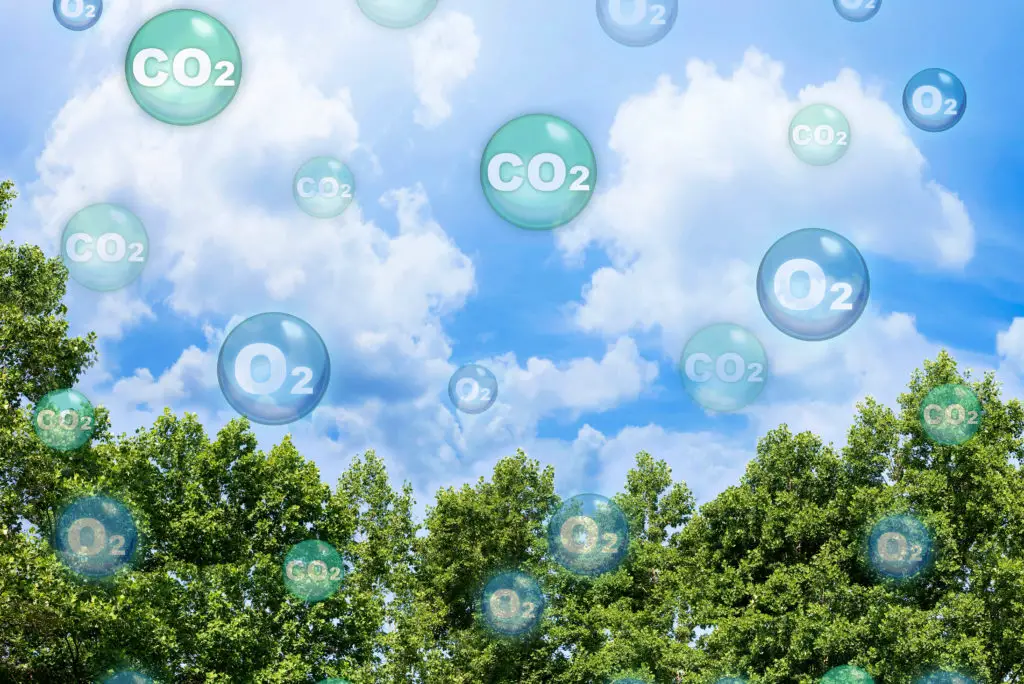
International research collaboration involving scientists from Germany, China, the United States, and Australia is optimistic that this discovery represents a crucial first step towards an affordable and abundant method for removing carbon dioxide from the atmosphere and repurposing it as solid coal.
This groundbreaking technology holds significant promise in addressing the global climate crisis by offering a viable solution for reducing atmospheric CO2 levels. By transforming carbon dioxide into solid coal, we now possess a method to not only remove this greenhouse gas from the environment but also repurpose it as a valuable resource. The implications of this discovery extend far beyond the laboratory, offering hope for a more sustainable future.
Harnessing the Power of Nature
Beyond the revolutionary CO2-to-coal technology, dedicated scientists and researchers are fervently exploring alternative avenues to tap into the inherent power of nature as a formidable ally in our battle against climate change. Their endeavors span a diverse array of innovative strategies, from harnessing the inherent carbon-capturing capabilities of photosynthesis to engineering artificial leaves capable of transforming CO2 into valuable fuels. These pioneering initiatives inspire optimism for a more sustainable future, predicated upon the emulation of natural processes that have proficiently governed the Earth’s climate for countless millennia.
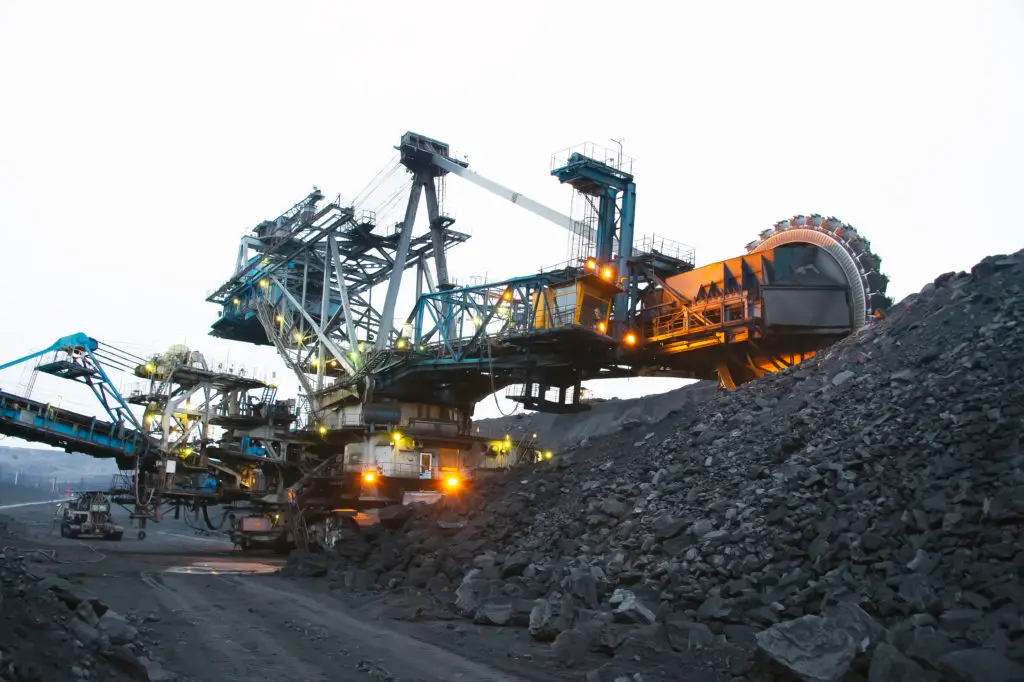
These endeavors to emulate nature’s finely tuned mechanisms hold the promise of mitigating the adverse consequences of activities, paving the way for a healthier planet that we can bequeath to future generations. By harnessing the wisdom of the natural world, we stand to not only address the challenges posed by climate change but also forge a harmonious coexistence with our environment, thereby safeguarding the wellbeing of our planet for years to come.
Actionable Steps in the Global Fight Against Climate Change
In the global battle against climate change, it is evident that the role of cutting-edge research cannot be overstated. Yet, it is equally crucial for individuals to recognize their role in reducing carbon emissions and shrinking their carbon footprint. In the quest for a sustainable future, here are some actionable and straightforward recommendations that can yield substantial positive impacts:
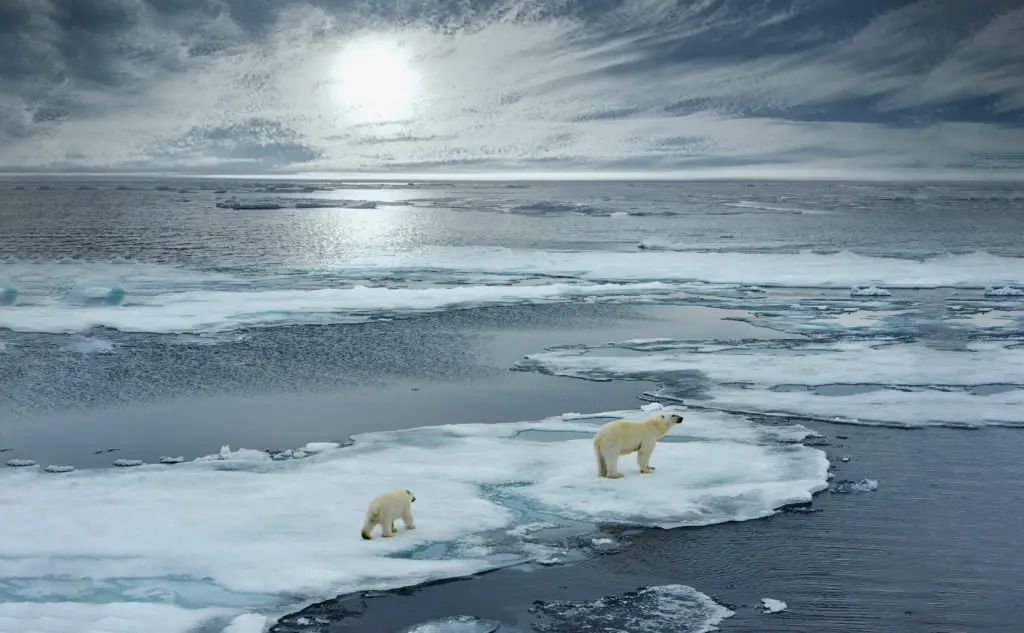
- Embrace Energy Efficiency: One of the most effective ways to reduce carbon emissions is by adopting energy-efficient practices. This involves investing in energy-efficient appliances and diligently turning off lights and electronics when they are not in use. By doing so, you not only reduce your electricity bill but also significantly curtail your carbon emissions.
- Reduce, Reuse, and Recycle: The three Rs—reduce, reuse, and recycle—remain a potent strategy in waste management. By minimizing waste generation and reusing items whenever possible, you help diminish the demand for new products, thereby reducing the energy and resources required for their production.
- Opt for Sustainable Transportation: Transportation is a major contributor to greenhouse gas emissions. Opting for sustainable transportation options like walking, biking, or using public transportation can dramatically cut your carbon footprint. These choices not only promote personal health but also contribute to less congestion and pollution on our roads.
- Mindful Dietary Choices: What we eat also matters. A plant-based diet or a reduction in meat consumption can significantly decrease the carbon footprint associated with livestock production. By making conscious dietary choices, you not only improve your health but also contribute to reducing the environmental impact of food production.
- Renewable Energy Adoption: Supporting renewable energy sources is an impactful way to reduce your carbon footprint. Consider transitioning to solar or wind power for your home. These sustainable energy options not only reduce your reliance on fossil fuels but also promote the growth of clean energy infrastructure.
By incorporating these simple yet powerful changes into our daily lives, we can all become active contributors to a greener and more sustainable future. In doing so, we not only take responsibility for our individual carbon footprints but also collectively contribute to addressing the pressing issue of climate change. Our actions today will undoubtedly shape the environmental legacy we leave for future generations.
Recognizing the Signs of Climate Change
It’s crucial to be aware of the signs and symptoms of climate change, as they can serve as a wake-up call to take action. Some indicators include:
- Escalating Global Temperatures: The relentless rise in global temperatures is not merely a statistical anomaly. It is the driving force behind the surge in catastrophic heatwaves and increasingly severe extreme weather events. These events, such as hurricanes and cyclones, disrupt lives and economies, demanding our immediate attention.
- Intensifying Wildfires: The world has witnessed a disturbing increase in the frequency and ferocity of wildfires. These blazing infernos pose significant threats to both settlements and our delicate ecosystems, with long-lasting consequences.
- Rising Sea Levels: Coastal communities are in peril as sea levels continue to surge. The encroaching waters endanger not only populations but also vital ecosystems, which provide invaluable services such as flood protection and habitat for marine life.
- Ecological Disruption: The shifting habitats of plants and animals disrupt ecosystems and result in the irreplaceable loss of biodiversity. This imbalance reverberates through food chains, threatening the delicate interplay of life on Earth.
- Altered Precipitation Patterns: Changes in precipitation patterns, including droughts and increased flooding, have profound implications for regional stability and food security.
Recognizing these harbingers of climate change compels us to advocate for policies that prioritize environmental conservation. In doing so, we can collectively work towards a sustainable future, preserving our planet for generations to come.
Embracing a Sustainable Future Together
The breakthrough technology that turns CO2 back into coal is a ingenuity and our ability to find innovative solutions to the pressing challenges of our time. By investing in research and embracing sustainable practices in our everyday lives, we can create a more resilient and environmentally-friendly world. Let us join forces and work together towards a future where the well-being of our planet and future generations is at the forefront of our priorities.
Sources:
Climate rewind: Scientists turn carbon dioxide back into coal
Prestigious journal Nature Communications

This Site Was Inspired By An Interest in Protecting the Environment:
We had the privilege and joy of learning from Dr. Charlie Stine who instilled a love for the natural world through incredible field trips with the Johns Hopkins Odyssey Certificate program in Environmental Studies. At the time, the program was endorsed by the Maryland Department of Natural Resources. Sadly, after Dr. Stine retired, the program was phased out. We hope that we honor his legacy by shining a bright light on environmental issues and sharing good news about the success of various conservation programs when possible.
